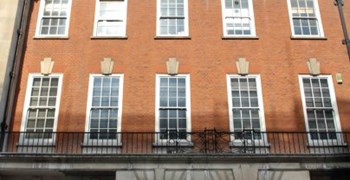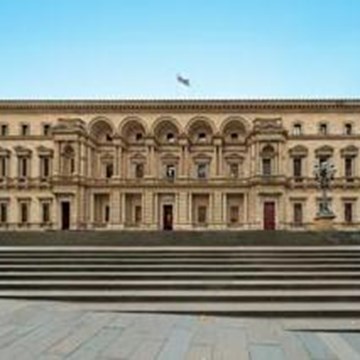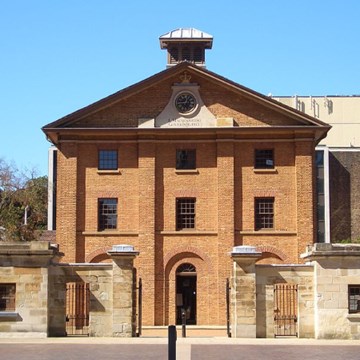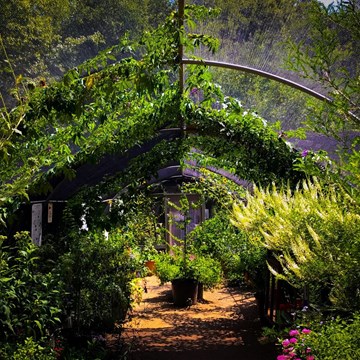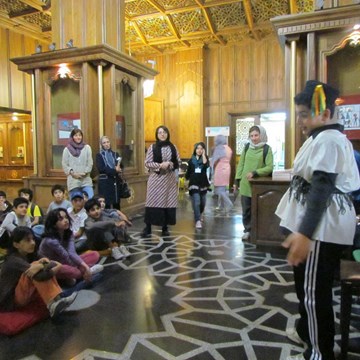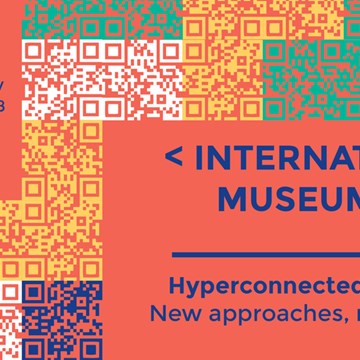Putting History in its Place: The Spatial Exclusion of Jews in Nazi-era Berlin
Drawing on examples from over 150 oral history testimonies, as well as other personal memory sources, this talk illustrates how accounts from Holocaust survivors can shed new light on the ways that the spaces of everyday life changed for Berlin’s Jews under the Nazi regime. Focusing on the neighbourhood and the home as spaces of analysis enables historians to engage directly with the redefinition and destruction of sites that once provided a sense of belonging to many of Berlin’s Jews. By targeting these spaces and slowly demarcating them as either Aryan or Jewish, the Nazi regime defined in spatial terms who belonged—and who did not—to the new national community (Volksgemeinschaft).
Recounting the changes to their immediate spatial environments, Holocaust survivors emphasize that the impacts of the Nazi regime and antisemitism writ-large were not hidden away; they were highly visible processes that were manifested in everyday spaces across the city of Berlin. By engaging with the complex postwar afterlives of spaces hidden in plain sight in narratives about Berlin’s Nazi past, scholars can put history in its place—in the neighborhoods, on the streets, and outside the front doors of apartments in the city many German Jews once considered home.
Admission
Free admission, registration required
Website
https://www.wienerlibrary.co.uk/Whats-On?item=398
Exhibitions and events from this museum
We don't have anything to show you here.
Activities from this museum
We don't have anything to show you here.
